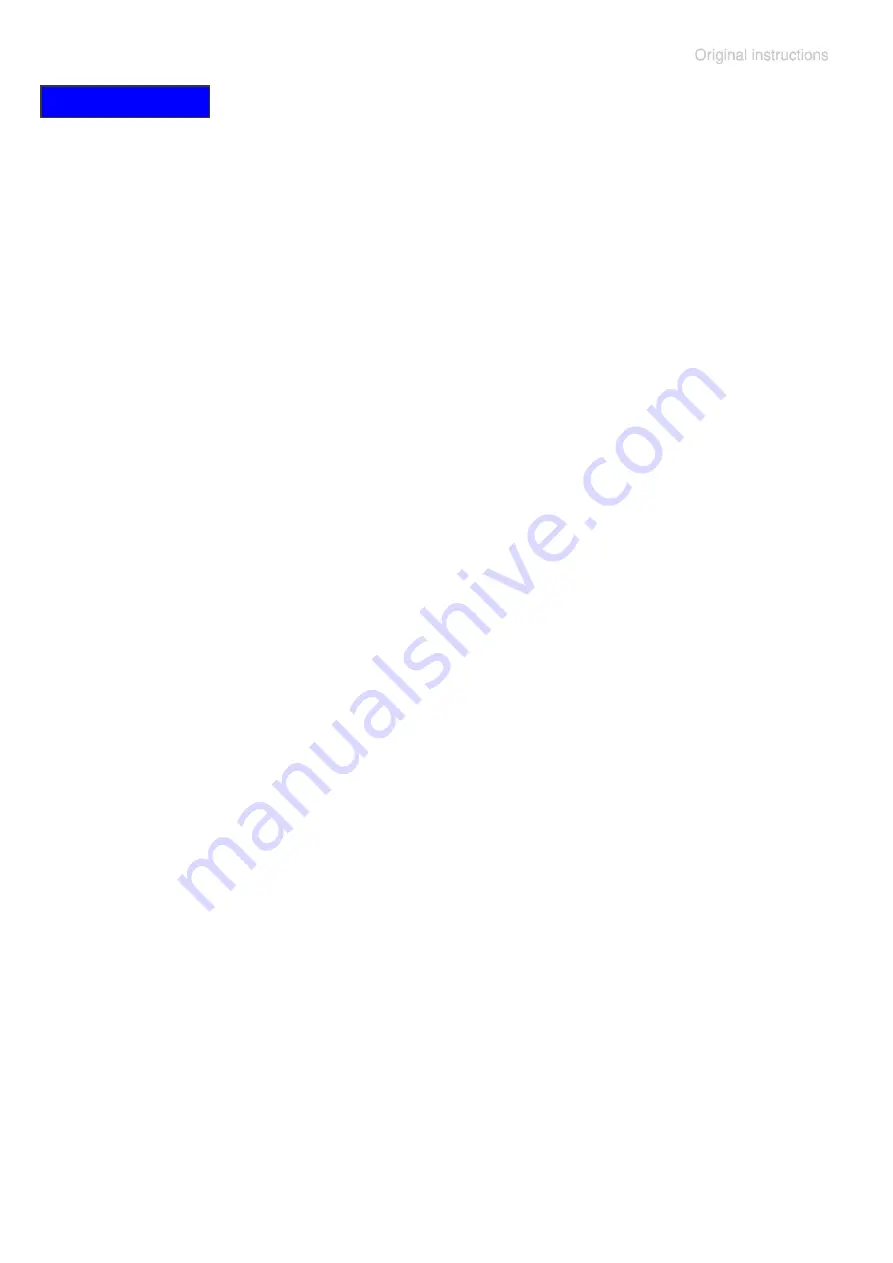
page 45 of 58
Ensure that maintenance is done only by suitably
trained and supervised technicians.
The valves and diaphragms as well as the motor capaci-
tors are wear parts. At the latest if the pressure inside the
oil reservoir should rise significantly (manometer needle
clearly in the red zone), or in case of increased noise level,
the pump interior, the diaphragms and the valves must be
cleaned and the diaphragms and valves must be checked
for cracks or other damage.
All bearings are encapsulated and are filled with long-life
lubricant. Under normal operating conditions, the drive
system is maintenance free.
The operability of the diaphragm pump can be checked as
well by measuring the pressure in the oil reservoir:
➨
Unscrew the manometer with its adapter (open end
wrench width 17 mm). Remove the hose nozzle from
the distributor plate (outlet) and install at the oil inlet.
Make sure the O-ring is seated correctly.
➨
Using a suitable vacuum gauge (e.g., DVR 2) and
making sure that it is correctly calibrated, measure the
pressure in the oil reservoir. When the pump operates
with the inlet line closed, the measured pressure in the
oil reservoir should be less than 25 mbar (19 Torr) (with
gas ballast valve of rotary vane pump closed).
➨
Remove the hose nozzle from oil inlet. Reinstall it in
the distributor plate and reassemble the manometer
with O-ring.
In demanding circumstances, it may be efficient to check
and clean the pump heads on a regular basis. In normal
use, the lifetime of the diaphragms and valves is typically
15,000 operating hours.
- Prevent internal condensation, transfer of liquids or
dust. The diaphragms and valves will be damaged if
liquid is pumped in significant amount.
- Carry out maintenance frequently if the pump is ex-
posed to corrosive media or in case of deposits.
- Regular maintenance will improve the lifetime of the
pump and also protect both users and the environment.
NOTICE














































